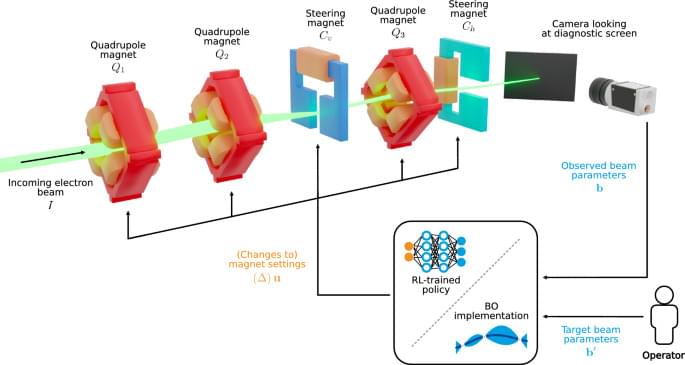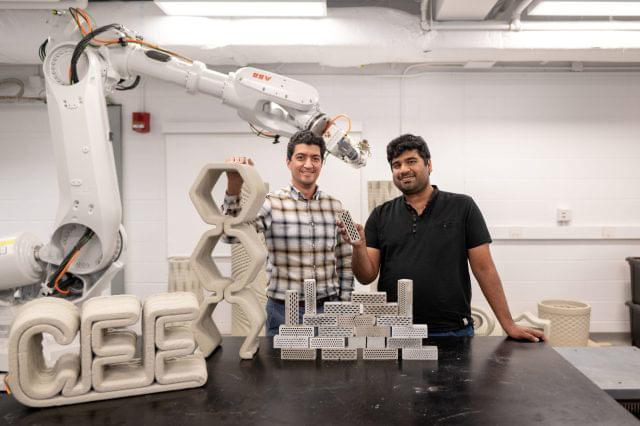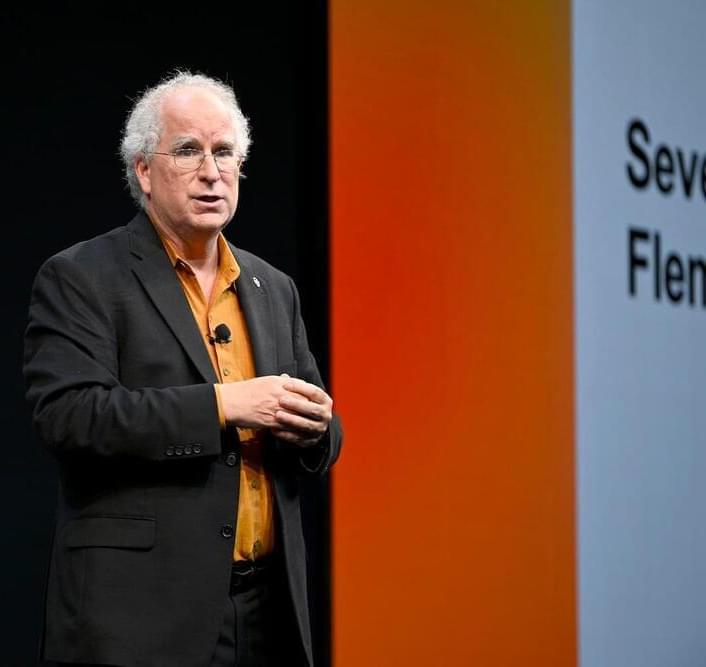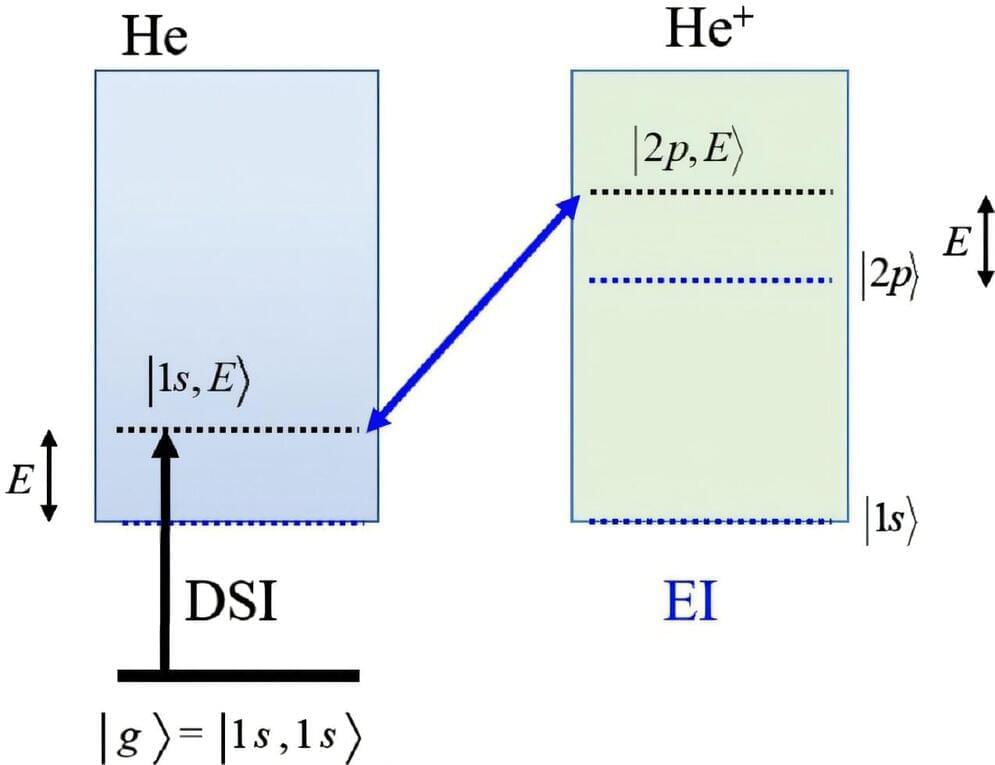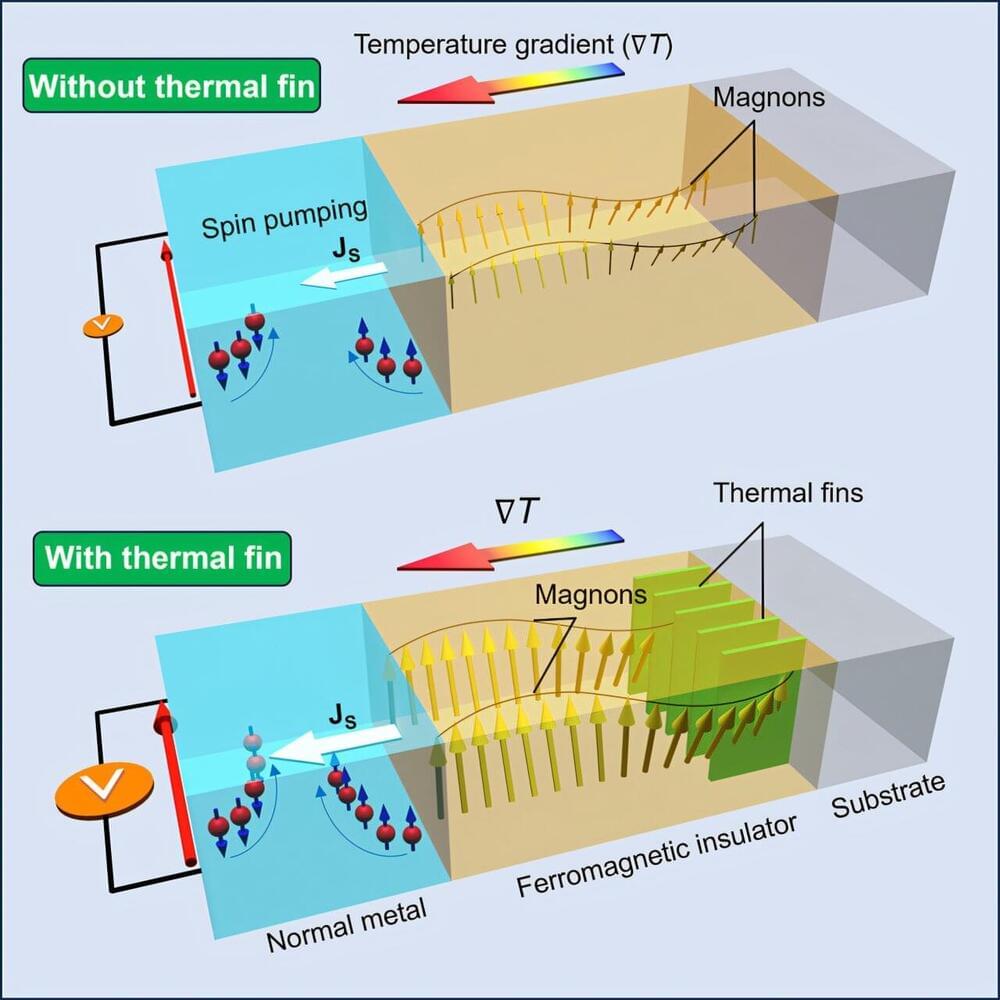
Using the European Southern Observatory’s Very Large Telescope (ESO’s VLT), astronomers have discovered an exoplanet orbiting Barnard’s star, the closest single star to our sun. On this newly discovered exoplanet, which has at least half the mass of Venus, a year lasts just over three Earth days. The team’s observations also hint at the existence of three more exoplanet candidates, in various orbits around the star.
Located just six light-years away, Barnard’s star is the second-closest stellar system—after Alpha Centauri’s three-star group—and the closest individual star to us. Owing to its proximity, it is a primary target in the search for Earth-like exoplanets. Despite a promising detection back in 2018, no planet orbiting Barnard’s star had been confirmed until now.
The discovery of this new exoplanet—announced in a paper published today in the journal Astronomy & Astrophysics—is the result of observations made over the last five years with ESO’s VLT, located at Paranal Observatory in Chile. “Even if it took a long time, we were always confident that we could find something,” says Jonay González Hernández, a researcher at the Instituto de Astrofísica de Canarias in Spain, and lead author of the paper.
